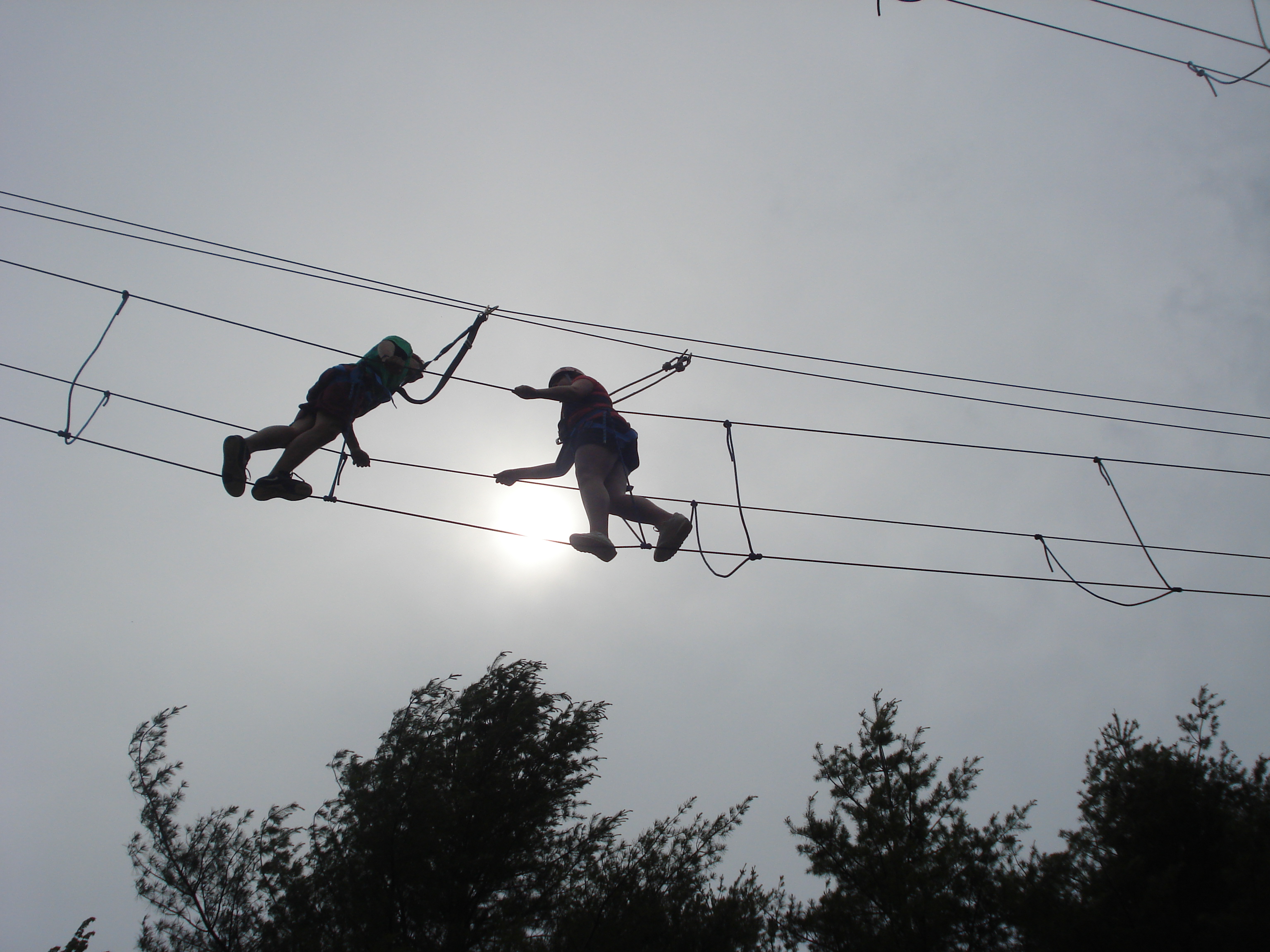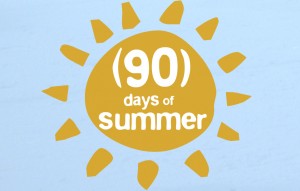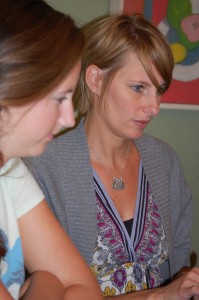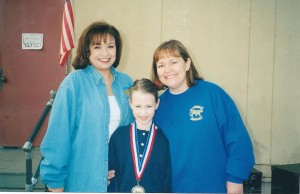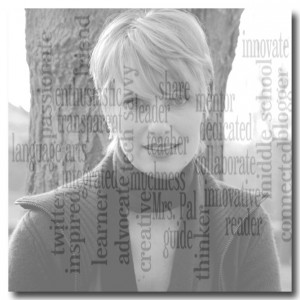Note: I delivered this message to middle school students a few weeks ago. I began by reading There by Marie-Louise Fitzpatrick. If you haven’t read it, I highly suggest getting yourself a copy to remind yourself of where you want to be in life regardless if you are 5, 55, or 105.
Often we seem to be at a crossroads between here and there. We are always wanting to be there…wherever there might be for you. It begins when we are just babies. Sitting and drooling becomes not good enough and we want to crawl, climb out of our cribs, or throw a fit just to get there. Once we master that and are walking and talking, we want to be like the big kids and go to school. Yes, there was a time that you couldn’t wait to start school! Then, it seems like the cycle never stops. Once you are in preschool, you want to go to Kindergarten, once you are in Kindergarten, you want to go to lower school…even in lower school all you want to do is be a fifth grader. But when you are in fifth grade, you want to be in middle school…yet, ask any middle schooler in here and they’ll tell you they can’t wait to go to high school. The 8th graders are really experiencing this right now. They have all found out which secondary schools they have been accepted to and are beginning to rule out some schools and wait on others. They are so ready to be there because they know where there is for them. Yet, in just 6 short weeks, we’ll be in Canada and they will want to be here…with their class more than anything. Eighth graders, I hate to tell you this, but you have just 12 more weeks to be…here. The funny thing is that life will move on and you will be thrust into the crossroads between here and there for the rest of your life. It will begin again in high school when you are looking at colleges, which will follow with possible grad school, travel, career, marriage, kids, career changes, and then you watch your own children go through it. I’m sure you experience this with other facets of your life be it sports, music, and even friends. It is really hard to manage everything while trying to be present…or here in the moment. Most people these days attempt to do this with multitasking. Listen to this podcast from NPR called, “Multitasking Teens May Be Muddling Their Brains”.
Multitasking – here, but not really
Now, I’m a self proclaimed multitasker. You’ve seen me…I’m a phone checker. I have three kids, work full time, serve on a community board, write a blog, I just finished grad school…even my job splits me in two between teacher and curriculum specialist. I have to admit that if I’m not doing a million things at once, I’m bored or I feel like I’m not accomplishing anything. But, I’m experienced enough to know when enough is enough. When I have down time on the weekends or vacation, it is down time…I’m talking hanging out in pjs, reading a book, going for a walk with the kids, and especially cooking. I bet most of you don’t know that I love to cook…I’m obsessed with the food channel and eagerly await my foodie magazines each month. I scour the internet and use pinterest to organize my recipes. From this creative outlet, I have started a tradition in my house on Sundays by having my parents and sometimes my sister and her boyfriend come over for Sunday dinner. Often the kids will help me cook or Reilly will whip up some awesome dessert…she’s the baker…I’m not. But, what I have found is that it is a few hours that I am guaranteed to be here…with my family. There is something to be said for the time spent and memories made each Sunday…even if we decide to have a low key spaghetti and meatballs night. I encourage you to do something you love that would normally be part of your multitasking routine and turn it into something you really focus on. It would be easy for me to microwave some nuggets, do the laundry, check twitter, and help a kid with a school project, but I make the choice each Sunday afternoon and evening to be here with my family.
When I was writing this, I kept thinking about the old saying, “the grass is always greener on the other side”. It is like we are convinced that there is always something better and what we have or where we’re at is not good enough. This is really hard when you are your age and people talk about the vacations they go on or the gadgets they have, but you know what? It’s just stuff. Stuff is replaceable and changes as you get older. The stuff you want now is not the stuff you want when you are my age…believe me. Each time you find yourself wanting something your friend has, put it in an imaginary box in your head…after awhile what will you have? A box of stuff. Maybe one day I’ll tell you about the Christmas when I was little and I got a pink townhouse dollhouse…not the grand white mansion I wanted. My parents still talk about it to this day. I didn’t get the thing I wanted, and you know what, I think I’m ok.
Speaking of parents, at this age, it is also easy to think the grass is always greener at your friend’s house. You might be convinced that your friend has the coolest parents ever and you got stuck with the meanest people on earth. Guess what…I bet your friends might think YOUR parents are the coolest parents ever….and…I bet you might be happy to have Sunday dinner with them when you are my age!
It’s not always easy to take the time to be “here” when you are pulled in a million directions or would rather be somewhere else. Here are a few things to help you be present: (adapted from this article)
- Take notice of the world around you. Find something beautiful each day and be thankful for it. It doesn’t have to be something monumental. This weekend, I had a daffodil pop up in my yard. It happened to catch my eye as I was doing a million things, but I stopped to notice this happy little sign of spring, which made me smile.
- Focus on whatever you are doing. Be mindful and pay attention with all of your senses. Try not to multitask and really focus on one thing at a time…I bet your work will improve and you might manage your time a little better!
- Smile when you wake up. Believe it or not, making yourself smile in the morning tricks your brain into positivity. If you are happy, you are more likely to want to be here than there!
- Commit random, spontaneous acts of kindness. When you bring joy to the people around you, it gives everyone a sense of being present and happy.
- Minimize the activities that dull your awareness of being here. Unplug from everything and do something active or just go outside and soak up some sun. See how long you can go before you start to twitch. And if that happens, you should try unplugging a little bit longer each day.
- Be thankful for what is. Think about what you are thankful for now…things that are already here with you. If you start wishing or hoping for something that is “there”, remind yourself to be thankful for what is in the present.








